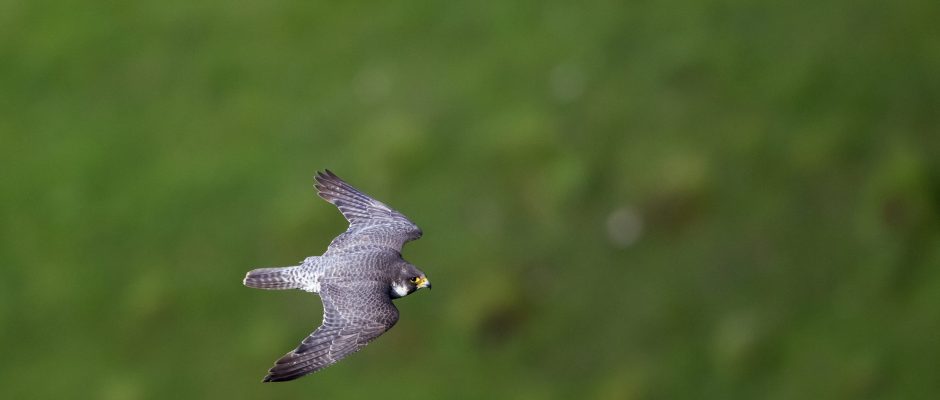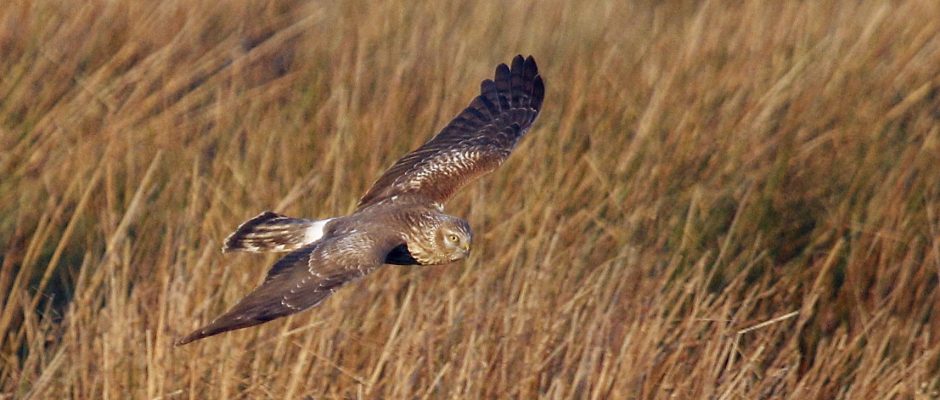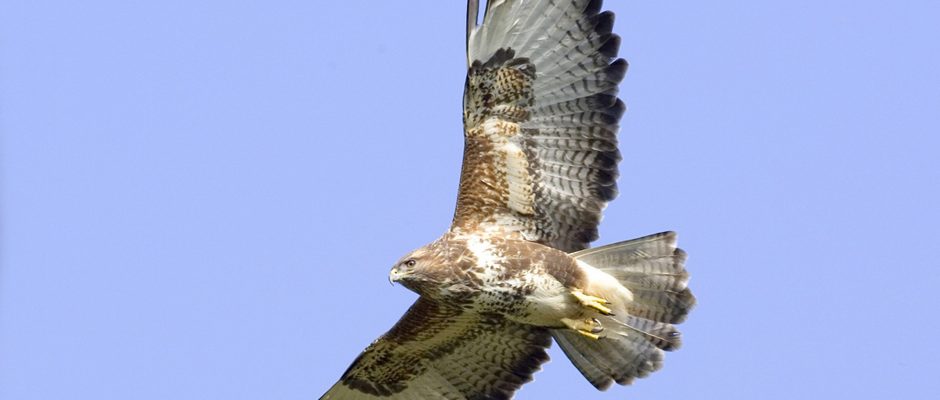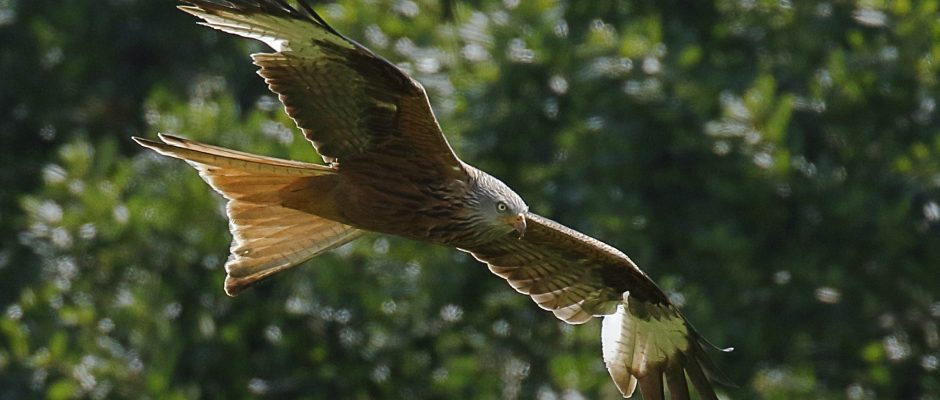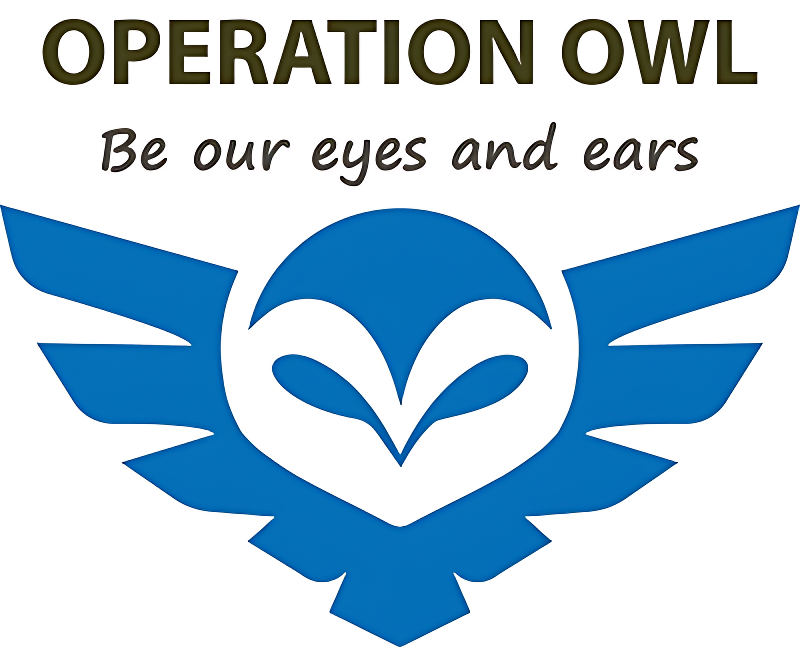Birds of Prey – majestic but still persecuted
Help us put an end to the ongoing persecution and criminal killing of birds of prey.
Your donation will fund our charitable work, including – Eyes on the Skies – our lead campaign.
Join us in the fight against wildlife crime by supporting our Eyes on the Skies campaign. Together, we can speak out against the criminal killing of birds of prey and further raise public awareness of these horrendous crimes to help protect these magnificent species for future generations.
The Shocking Facts
- Birds of prey are in catastrophic decline, especially in the Yorkshire Dales – a UK black spot for this type of wildlife crime.
- Despite more than 70 years of full legal protections for these awe inspiring apex species, birds of prey continue to be persecuted with several now categorised as ‘red’ and ‘amber’ for Birds of Conservation Concern.
- There is overwhelming evidence that birds of prey continue to be trapped, shot and poisoned on our uplands. You can review the RSPB’s Birdcrime Report (2023), a 15 year review of the illegal killing of birds of prey in the UK via the button below:
- The Wildlife and Countryside Link (WCL) 2024 Wildlife Crime Report also highlights the low number of convictions for wildlife crimes, with only 43 secured out of nearly 2,000 reported incidents in 2024:
How can you help
- Because these crimes are often committed in rural areas, under cover of darkness, they usually go undetected or there is insufficient evidence to enable a successful prosecution. More awareness of these crimes will mean more eyes on the skies – more people knowledgeable about what should be there and educated in the signs of persecution or potential persecution to look out for and report.
Some of the birds we want to protect
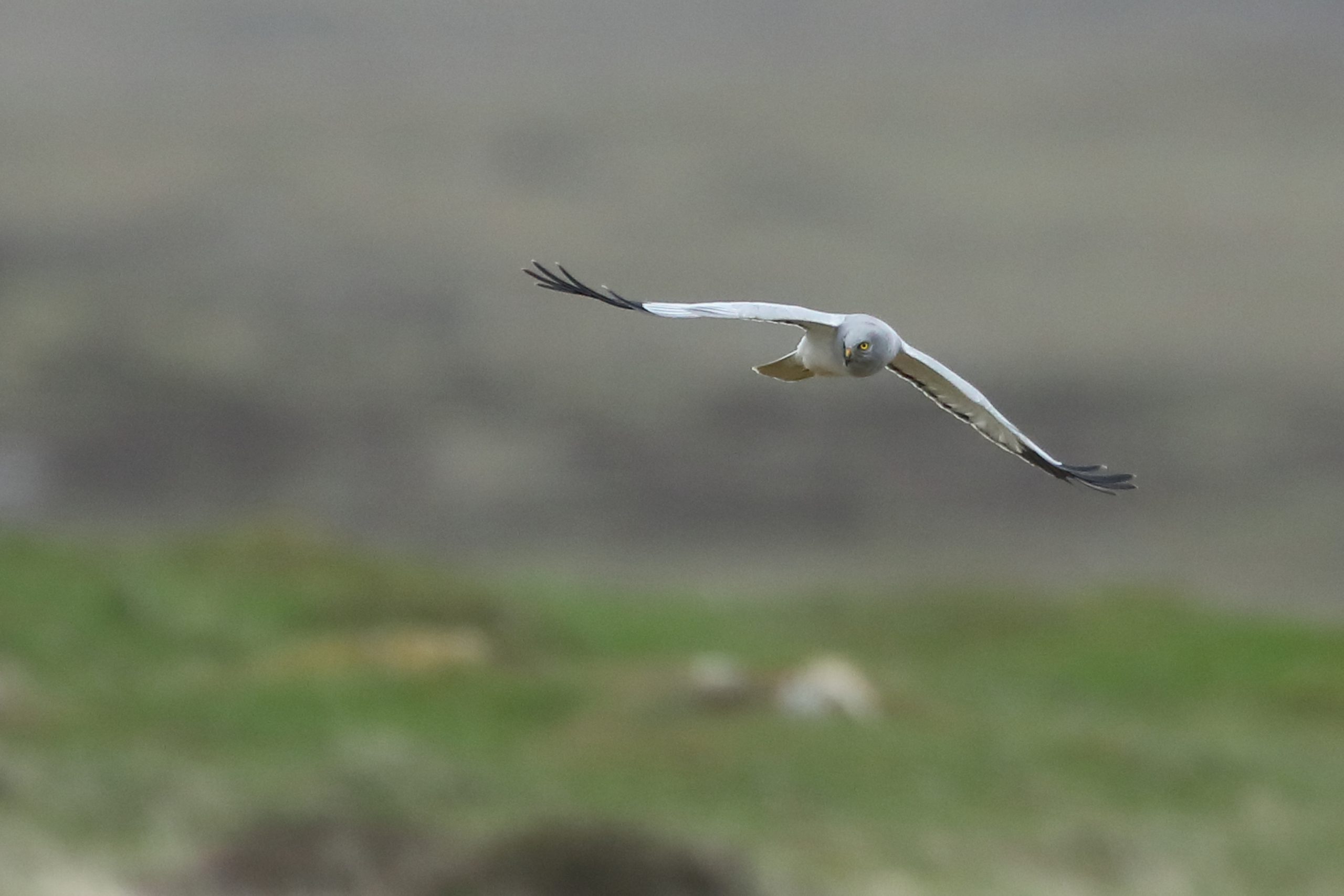
The hen harrier is one of the most intensely persecuted of all the UK’s birds of prey and is especially vulnerable as it is ground-nesting. The hen harrier is now a rare sight on Yorkshire Dales moorlands, with significantly fewer breeding pairs than the habitat could support. This red-listed bird of prey also enjoys the colloquial name of ‘sky dancer’, because of the elaborate flying displays including aerial somersaults used by courting males to attract females.
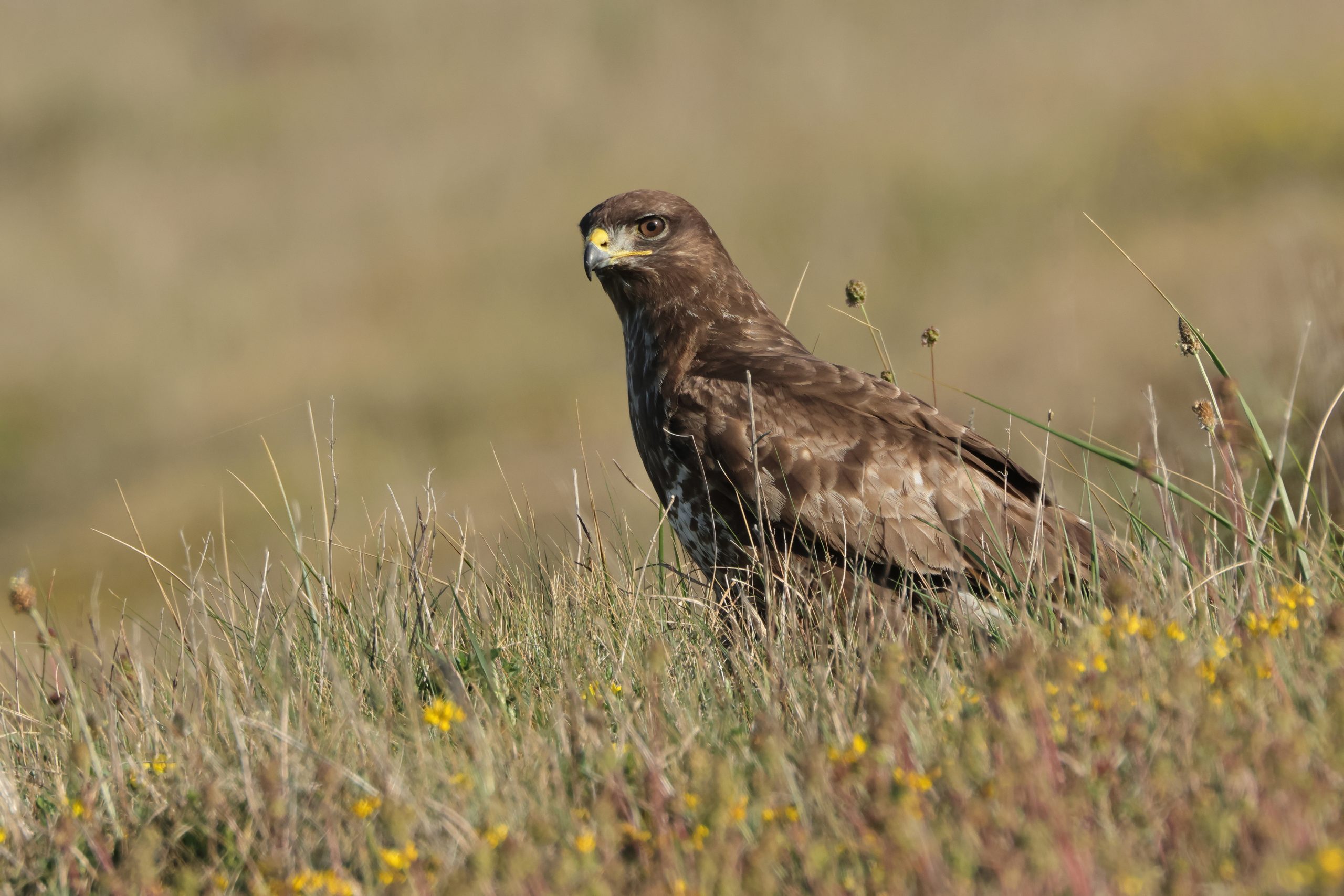
Despite being the most widespread UK bird of prey, the buzzard is only recently re-establishing in the Yorkshire Dales. The buzzard has a distinctive call − a mournful mewing – said to sound like a cat. It holds its wings in a raised ‘V’ when soaring, whereas the similarly sized red kite holds its wings flat, or slightly downcurved.

Thanks to reintroduction projects, the red kite has made a remarkable comeback from the brink of extinction in the UK. With its distinctive long, deeply forked tail and angular wings with dark, fingered wing tips, it evokes a classic ‘kite on a string’ as it soars and swoops overhead. With a wingspan of 175-195cm, it is one of the largest birds of prey we are focussing on in our campaign.
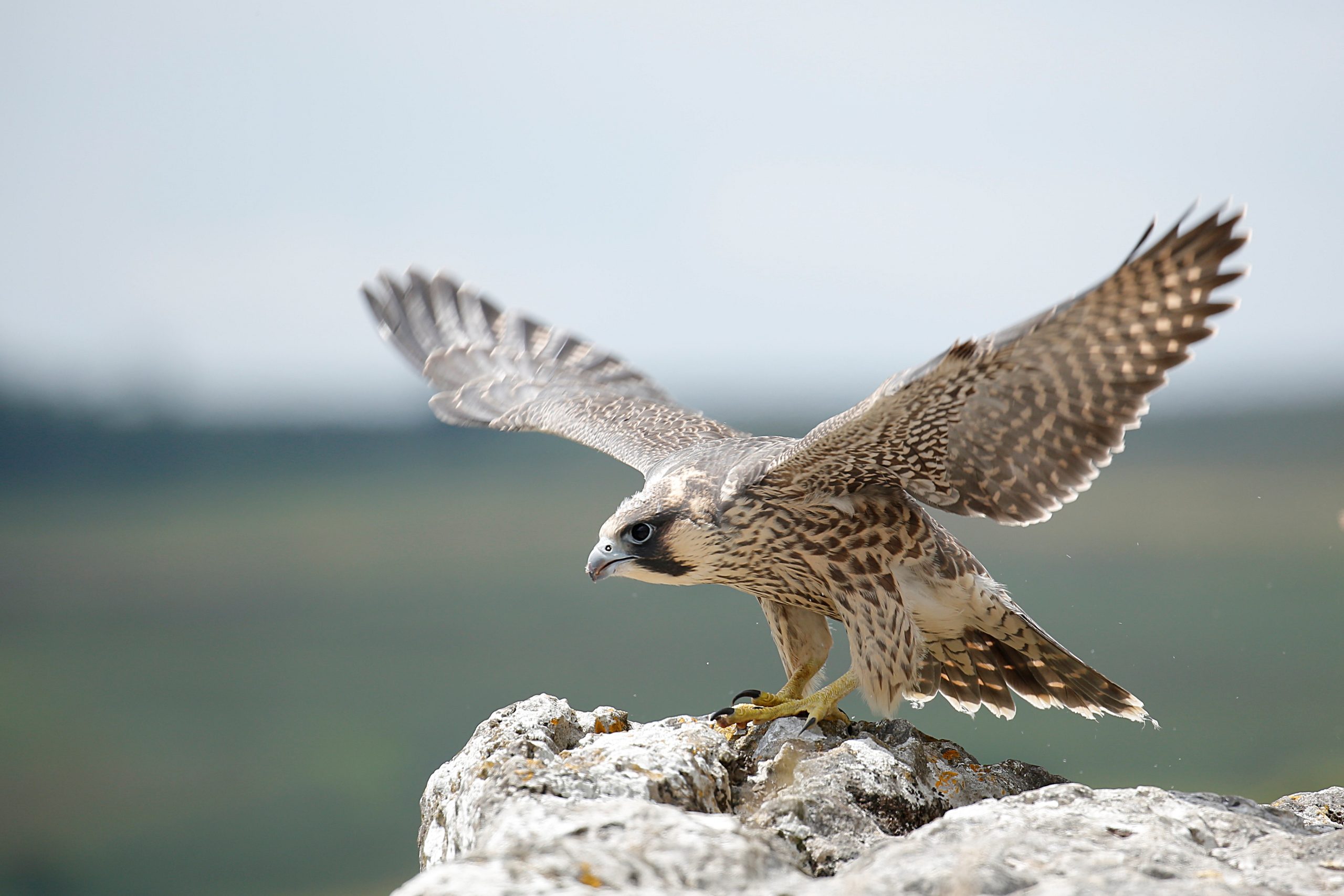
The peregrine falcon is a large and powerful falcon and the fastest bird of prey we are highlighting in our campaign. It actively pursues prey such as feral pigeons and starlings mid-flight, achieving speeds of up to 200mph when diving or ‘stooping’ from a great height. Its size, distinctive pointed wings and black ‘moustache’ are key identifiers.
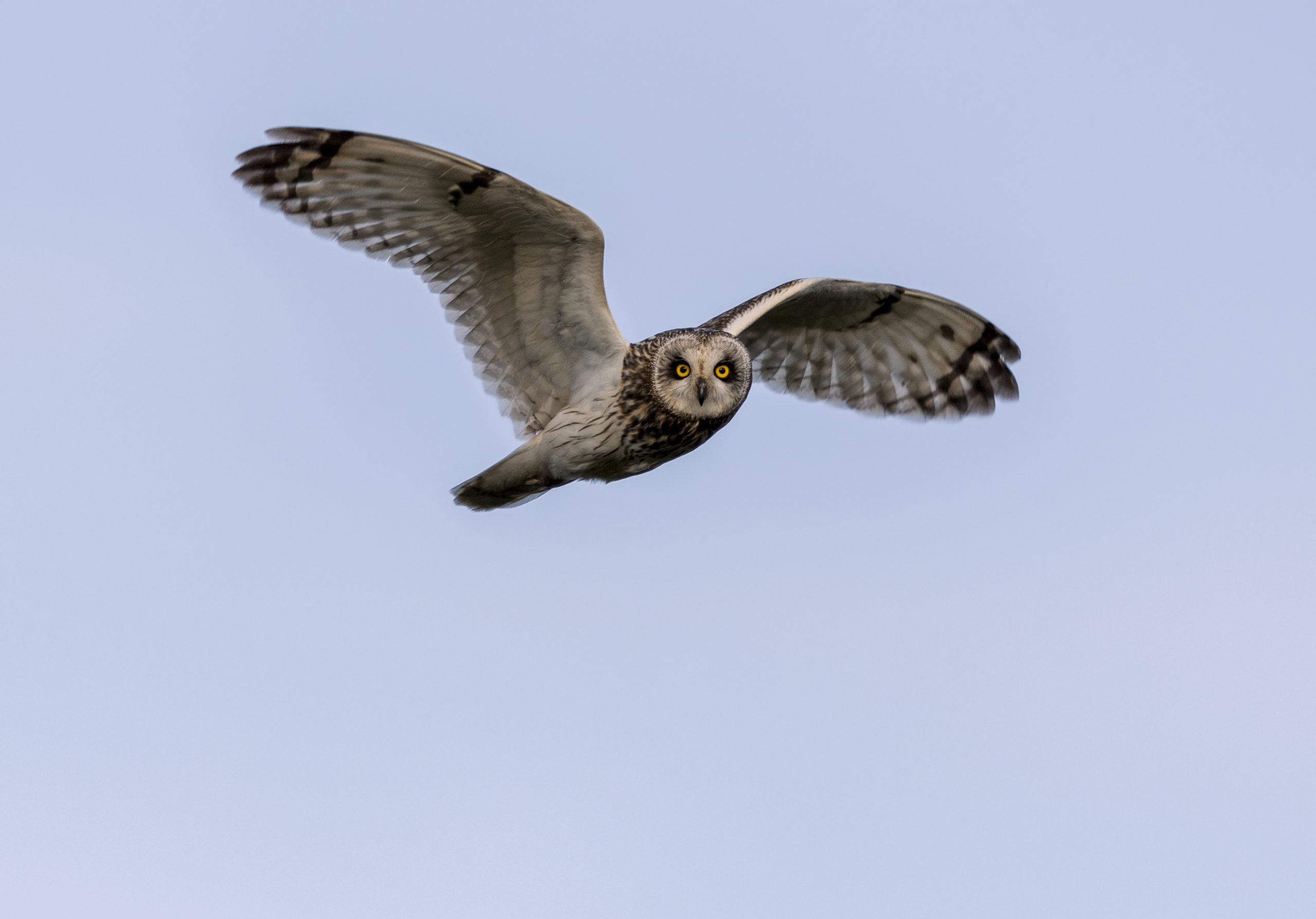
The short-eared owl is a medium-sized owl with a mottled, brown body, pale underwing and dark circles round its yellow eyes. It has a distinctive flight with the wings ‘pushed forward’ giving deep wing beats that are often described as rowing in slow motion. Its quartering flight involves a mixture of flapping, gliding and hovering, before dropping down onto an unsuspecting field vole.
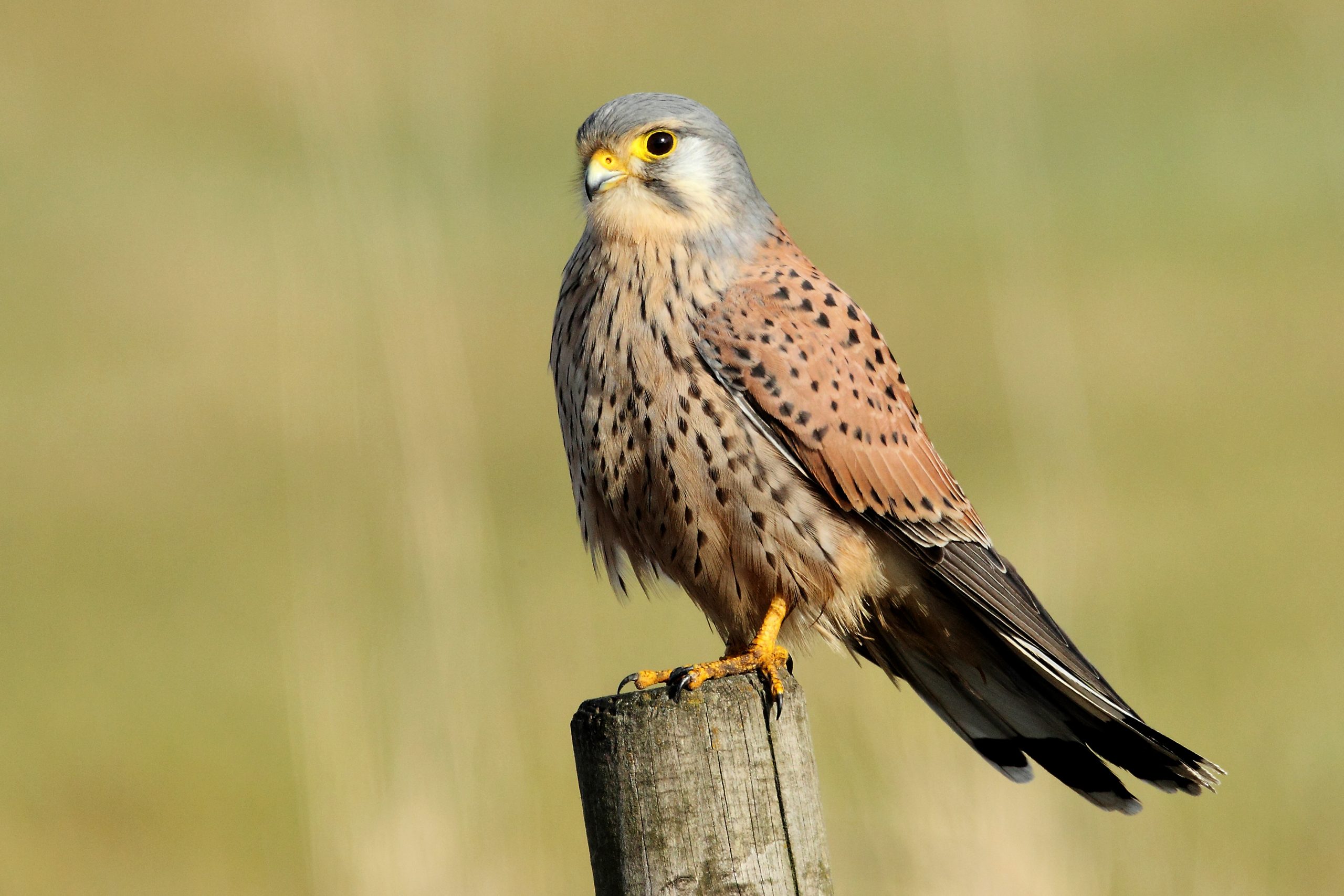
The kestrel is the smallest bird of prey in our campaign focus, with a wingspan of 65-82cm. You’re most likely to see a kestrel hovering in the air, keeping its head still and eyes fixed on the ground, and adjusting its tail and wings to hold position, before dropping down to catch a vole or other small mammal. You might also see it perched on treetops or fence posts, scanning the ground for prey.
Thank you to the following organisations for actively supporting this campaign:
Share our campaign messages on social media and help us spread the word
Sign up to our e news to keep up to date as our campaign develops
Sign up for monthly e news